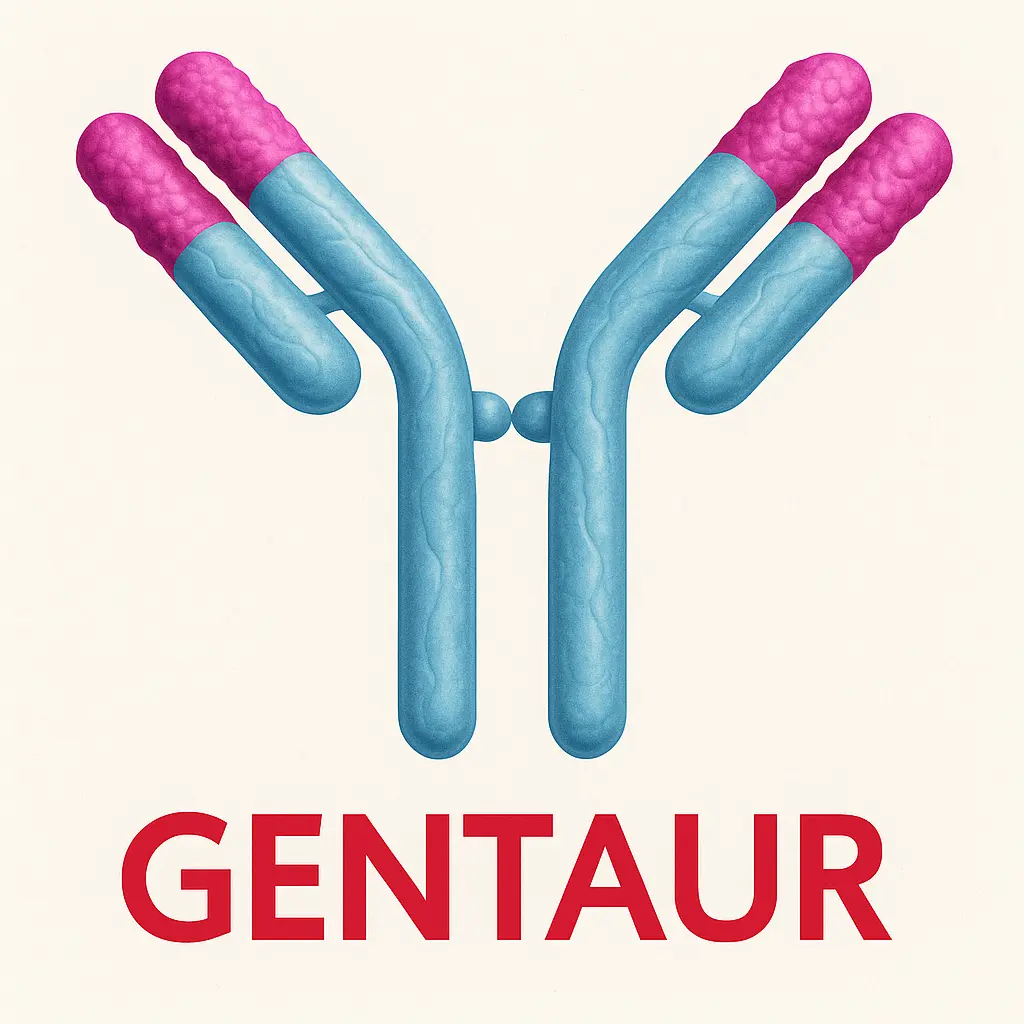ELISA ALPL anti-
Quantity :50µL
Clone Number:
Aliases:AKP2 antibody; Alkaline phosphatase liver/bone/kidney antibody; Alkaline phosphatase liver/bone/kidney isozyme antibody; Alkaline phosphatase tissue nonspecific isozyme antibody; Alkaline phosphatase, tissue-nonspecific isozyme antibody; Alkaline phosphomonoesterase antibody; Alpl antibody; AP TNAP antibody; AP-TNAP antibody; APTNAP antibody; BAP antibody; FLJ40094 antibody; FLJ93059 antibody; Glycerophosphatase antibody; HOPS antibody; Liver/bone/kidney type alkaline phosphatase antibody; MGC161443 antibody; MGC167935 antibody; PHOA antibody; PPBT_ antibody; Tissue non specific alkaline phosphatase antibody; Tissue nonspecific ALP antibody; TNAP antibody; TNSALP antibody
Product Type:Polyclonal Antibody
Immunogen Species:Homo sapiens ()
UniProt ID:P05186
Immunogen:Fusion protein of ALPL
Raised in:Rabbit
Reactivity:, Mouse, Rat
Tested Applications:ELISA, IHC; ELISA:1:500-1:5000, IHC:1:25-1:100
Background:There are at least four distinct but related alkaline phosphatases: intestinal, placental, placental-like, and liver/bone/kidney (tissue non-specific). The first three are located together on chromosome 2, while the tissue non-specific form is located on chromosome 1. The product of this gene is a membrane bound glycosylated enzyme that is not expressed in any particµLar tissue and is, therefore, referred to as the tissue-nonspecific form of the enzyme. The exact physiological function of the alkaline phosphatases is not known. A proposed function of this form of the enzyme is matrix mineralization; however, mice that lack a functional form of this enzyme show normal skeletal development. This enzyme has been linked directly to hypophosphatasia, a disorder that is characterized by hypercalcemia and includes skeletal defects. The character of this disorder can vary, however, depending on the specific mutation since this determines age of onset and severity of symptoms. Alternatively spliced transcript variants have been described.
Clonality:Polyclonal
Isotype:IgG
Purification Method:Antigen affinity purification
Conjµgate:Non-conjµgated
Buffer:-20°C, pH7.4 PBS, 0.05% NaN3, 40% Glycerol
Form:Liquid
Stroage:Upon receipt, store at -20°C or -80°C. Avoid repeated freeze.
Target Names:ALPL
Research Areas:Cancer;Cell biology;Tags & Cell Markers;Signal transduction?Stem cells
Our latest content
Check out what's new in our company !
Your Dynamic Snippet will be displayed here... This message is displayed because you did not provide both a filter and a template to use.

